The protection both external and internal of a metal container by means of varnishes is a very normal technique that already has a history of more than 150 years. In other technical articles of this Web the varnishes are analyzed from different points of view: Their different types, properties and characteristics, more suitable uses, etc. In this work we will focus exclusively on the different tests that allow to verify the quality of application of a varnish on a metallic support.
Prior to its application, a varnish can be subjected to checks that ensure compliance with the specifications of supply, such as: Density, viscosity, dry extract, etc. These tests will not be treated in this article, we will limit ourselves to those that define the state of a varnish already applied.
The protective function of a varnish is linked to three essential needs:
– adhesion to the metal support
– chemical inertness
– the absence of porosity
The varnish film has to withstand high stresses during the formation of the container. The varnish must withstand the stress without losing adhesion or detachment. The adhesion is the result of the saturation of the surface energies of the metallic support and the varnish. Sometimes, permanent or casual incompatibilities arise between the two. The metal passivation film plays a crucial role.
Chemical inertness is usually ensured if the varnish has been baked correctly. The complete crosslinking ensures the elimination of groups of molecules that can react with the ions of the packaged product.
Porosity, whose importance can affect the protective quality of the film, sometimes requires extreme care. As the thickness of the film increases, it is evident that the porosity decreases.
Although a well experienced operator may be able to quickly and safely evaluate the application and correct curing of a varnish, however, certain tests are necessary for the accurate assessment of the state of the varnish.
These tests can be divided into two groups:
Physical characteristics tests:
-Drying
-Thickness
-Accession
-Flexibility
-Hardness
-Porosity
Tests of chemical characteristics:
-Resistance to acidity
-Resistence to the process
-Impermeability to sulfide ion
-Taste
- a) PHYSICAL CHARACTERISTICS
Drying
Its objective is to determine if the baking process of the varnish has been adequate and part of the following base: A perfectly cured epoxy-phenolic varnish becomes insoluble in the solvents. Therefore, it will withstand the “mec” (methyl ethyl ketone) test. It involves impregnating a cotton with acetone or with methyl ethyl ketone and then rubbing the varnish with it. The more friction with the cotton resists the film, the greater the polymerization. A commonly accepted criterion is that it must withstand twenty double rubs without losing adhesion. For vinyl varnishes a colored substance is used, checking the absorption of the color by the varnish.
An insufficiently cured varnish will present a whitish veil after processing, due to the absorption of water.
Thickness of varnish film
The most accurate method is to weigh a sample from a certain surface area before and after removing the varnish film. Normally part of a circular disk of four square inches of surface. To obtain it, a small die is used whose cut coincides with this area. The weight must be obtained in milligrams and with great precision. The difference between the two weights divided by 4 will give us the thickness or load in milligrams per square inch. If the sample has varnish on both sides, the process must be repeated on each side.
Several methods can be used to remove varnish from said disc. So for the vinyls can be easily removed by rubbing with a cotton impregnated with a solvent (chloroform, acetone, methylene chloride, etc.)
The epoxy-phenolics can be removed by immersing the sample in basic glycol-ethylene solutions mixed with a wetting agent. The electrolytic process can be used by treating the sample cathically in an aqueous solution of 1% sodium chloride heated to about 45 ° C by applying a current of 6 V for twenty seconds.
The thickness in microns can also be measured directly by instruments based on magnetic flux variations or the Foucault current. In general, the precision is insufficient when it is necessary to measure coatings of a thickness less than 10 microns.
For much smaller thicknesses, much more precise instruments have been designed based on the measurement of capacity. A probe is simply applied to the varnished sample so that it forms a capacitor with the electrode, whose capacity is a function of the thickness of the film and its permeability (“Strand Gauge” equipment, among others).
These instruments allow rapid and non-destructive measurements and are easily adapted to systematic controls during varnishing, provided that the calibration of the gauges is checked regularly by means of reference samples.
Accession
Measures the adhesion of the varnish to the metal. The varnish film is scratched with a compass point or something similar, splitting the film until it reaches the metal. There are special instruments on the market for this purpose (Braivae, Erichsen). This gives a series of parallel marks, such as a grid, equidistant to about 2 mm. A cellophane adhesive tape (cello) is glued to the grid and then, grabbing the cello at one end, it is pulled out of a sudden pull.
With a well-bonded coating, no square should be removed from the grid, nor should any break or cracking appear on the sides or corners.
Pre-folding and sausage tests can be done to make the test more thoroughly; the coating should not be peeled off or peeled off, even in the most damaged areas.
Flexibility
Flexibility can not be assessed independently of accession and vice versa.
It can be measured in two ways:
-Folding it around a mandrel; this shows why the radius begins to crack the coating.
– Erichsen type embossing test; The depth of drawing is measured as soon as there are breaks in the varnish. If this equipment is not available, it can be replaced by an embossing test with a small double punch that in two operations embeds a sample of the material. A first operation punches a test tube with a diameter of approximately 50 mm and height 25 mm. A second operation starting from the previous one of about 25 mm in diameter. This test can be made more complex by making it on a stamping die of base specimens with a more or less square shape where each corner has a different radius, from higher to lower. In any case, it is a matter of making comparative tests with any means of deep deformation in relation always with a standard sample whose flexibility is considered good.
Following the above-described embossments it is advisable to carry out the autoclave test described below.
Hardness
The basis of the test is to try to scratch the coating using the pencil mines of known hardness. The hardness of the mine is indicated by a number and a letter (From 7B: very soft at 9H: very hard). The value of the hardness is expressed by the number of the softest pencil that starts scratching the lacquer film.
Porosity or continuity of the film
The pores or cracks in the varnish film will consequently expose the metal underneath, putting it in direct contact with the aggressive medium.
Porosity should not be confused with permeability.
Permeability
The ion has to make its way through the networks of crosslinking and the lattice of macromolecules.
Porosity
The porosity of the varnish does not always act to the detriment of the products packed in metal. Everything depends on the nature and strength of the reactions that may take place between the continent and the content. Here, previous experiences are of the utmost importance. Fruits and vegetables with anthocyanin pigmentation, and beverages such as beer and carbonated beverages, require maximum protection (often two layers, applying the top one over the finished container).
A total absence of porosity is required provided there are strong problems of destaining (for example due to nitrates), but especially when there is a risk of corrosion points that sooner or later will cause perforations.
Depositing on the surface to be tested a solution of copper sulphate in hydrochloric acid starts an electrochemical reaction in the unprotected metal areas, thus highlighting the discontinuities of the varnish film. This test can be done by immersing or rubbing with a cotton soaked in an aqueous solution of copper sulfate and 37% hydrochloric acid for a certain time.
Keep in mind that in the case of chromium-coated steel, the concentration of hydrochloric acid in the copper sulphate solution should be reinforced, since copper does not deposit in chromium as easily as in tin.
Another way to measure the porosity is by measuring the current that passes through the varnish film in contact with a 3% NaCl solution, passing a current at a potential of 6 V (WACO Test); Beer and carbonated beverage containers are usually tested in this way. For example, a 5 micron thick film will allow a current of 1 to 100 microA / cm2 to pass, while a 10 micron film will give values of 0.1 to 1 microA / cm2.
A point that must be taken into account is that the excess oil (variable depending on the type of oil) can be the origin of the presence of “eyes” (pores in the varnish due to lack of covering at the points with excess oil)
- b) CHEMICAL CHARACTERISTICS
The majority of foods must undergo a thermal process in an autoclave, and therefore the various tests to which varnishes are subjected include an autoclaving process. There are certain solutions and model preparations that allow a test of the chemical resistance of the varnish films.
Resistance to sterilization
The varnished sample is subjected to an autoclave process, in distilled water or stream, for 90 minutes at 121º C. The hardest test can be done by folding or embedding the metal. Observe the absence of color change, blisters or detachment in the varnish.
Resistance to acid
A sterilization process is carried out by adding the organic acids present in fruits and vegetables (citric, tartaric, acetic, malic, etc.) For example:
Citric acid: 1.2 and 5%
Tartaric acid: 1,2 and 5%
Acetic acid: 3 and 5%
Lactic acid: 1%
Resistance to sulfuration
Any substance or product that can release sulfur ions can be used. However, in practice, certain standard recipes have been adopted: dehydrated peas, horse meat, thioacetamide or monosodium sulphide.
Absence of flavor
For specific uses it is important to make sure that the varnish is not giving any flavor to the product. The test consists of tasting distilled water, or better yet, neutral mineral water, which has been distilled in the presence of the varnish that is being tested. These tests are comparative and it is necessary to include a reference varnish whose practical functions are well known.

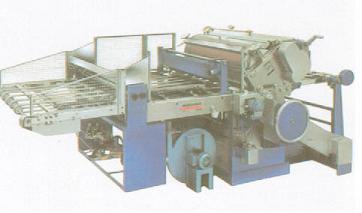
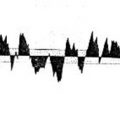
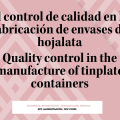
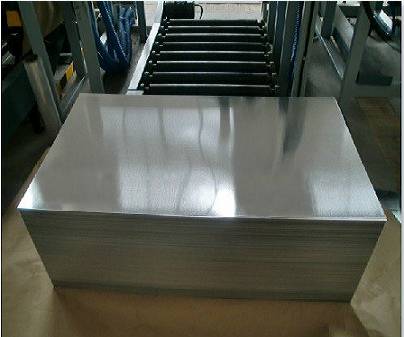
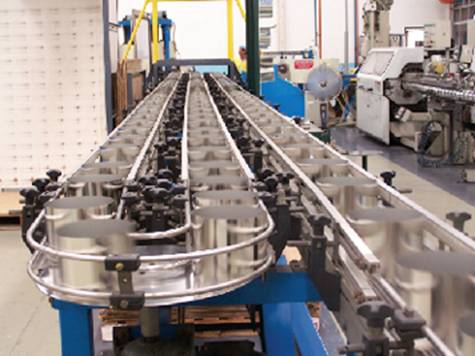
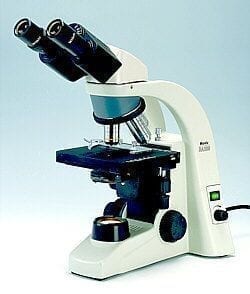
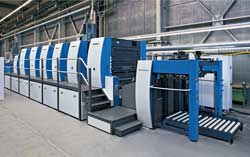
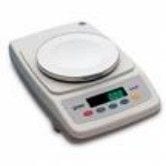
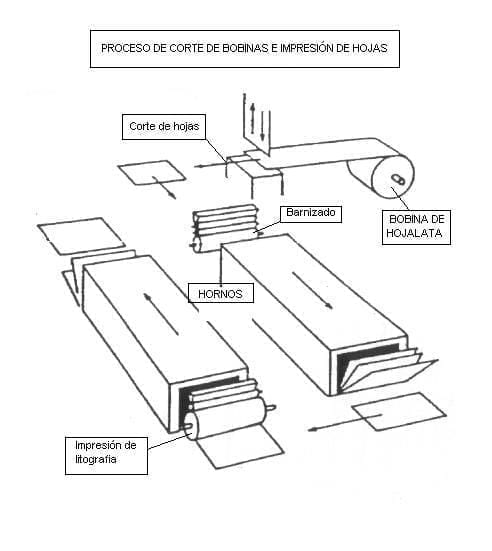
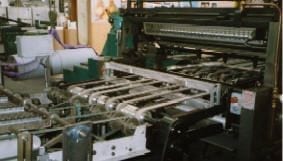




0 Comments